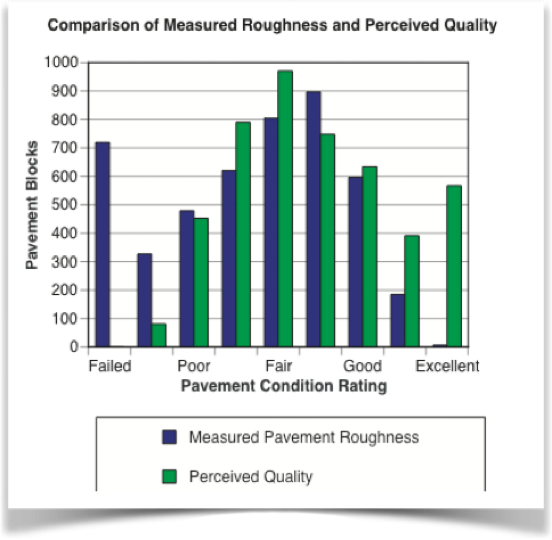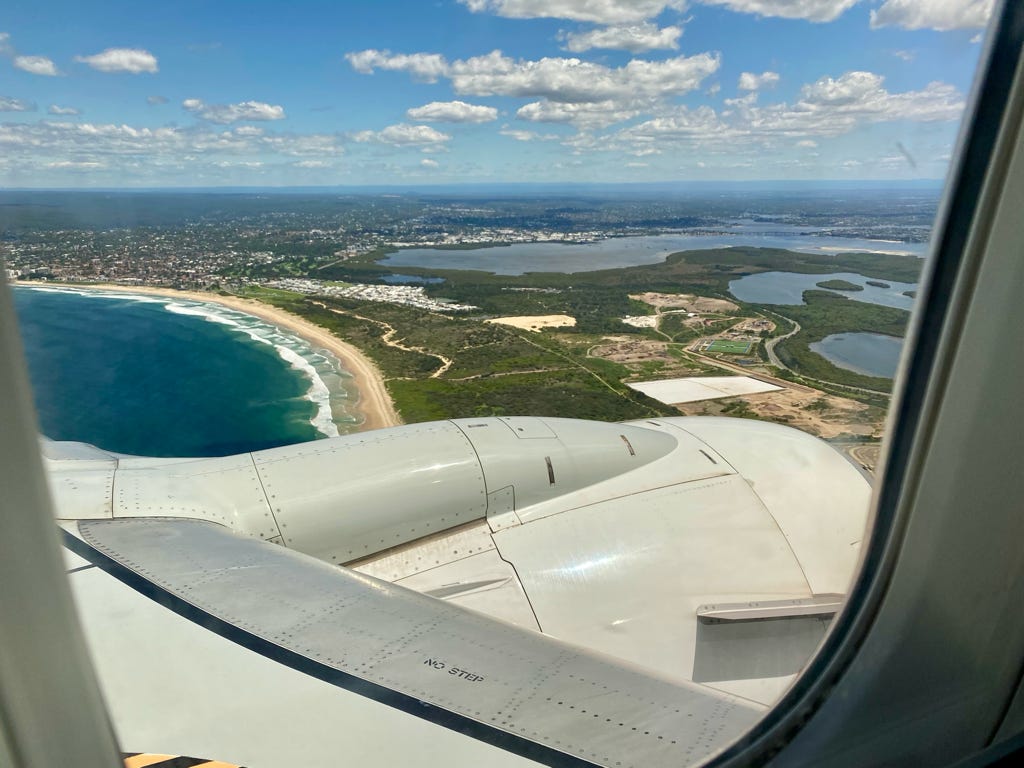Sydney, NSW Australia


Can you judge a road by its cover?
Road engineers from a municipal council in NSW wanted to know whether laypeople’s visual assessment of the quality of road paving correlated with the results from the costly use of mobile measurement vehicles. The aim was to create a “visual language” for easy and cost-efficient reporting about road conditions to the council. I made a set of photos seen from a driver’s perspective of a sample of road surfaces that were technically calibrated from rough to smooth. A sample of drivers then rated their perceptions of each image. I created a “Perceived Environmental Quality Index” (PEQI) for the surfaces based on the high correlation between people’s judgements and the technical measures. This provided a visual image scale that displayed the proportion of road blocks at given quality levels and gave a clear insight into the extent of improvement over time.
Flushing the problem away
A major airline requested assistance: passengers were putting rubbish into the toilet bowls rather than the rubbish receptacle, causing extensive malfunctions resulting in an unacceptable number of toilets being out of operation on some long-haul flights. I arranged for an operating toilet cubicle module to be installed in a laboratory setting and equipped with internal video cameras. A sample of people ranging from children to adults were given a piece of cardboard “rubbish” and asked to go into the cubicle, get a drink of water, wash their hands, and then dispose of the rubbish, cardboard drink cup and paper hand towel. This revealed a substantial difficulty in locating the rubbish disposal bin. The findings assisted a major aircraft manufacturer in redesigning the toilet cubicle to make waste disposal easier to find.
